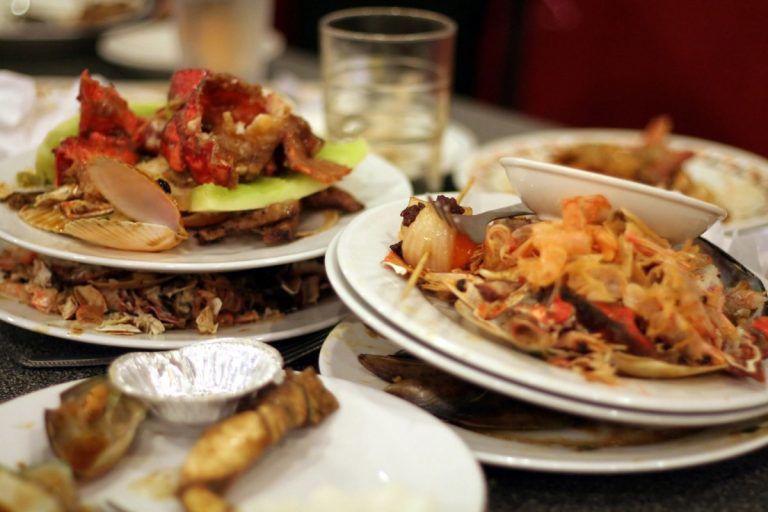A large amount of food in the U.S. is never eaten. However, there are many easy ways families and communities can eliminate food waste in their daily lives, while also protecting the environment.
Each year, more than 66 trillion gallons of water is used to produce food that is estimated to be lost or wasted. Wasted food represents about 8 percent of all global greenhouse gas emissions, according to Food and Agriculture Organization of the United Nations.
More importantly, according to World Wildlife Fund, food production is the primary contributor to deforestation, forest degradation and grassland conversion, harming wildlife and the habitats they call home.
“Finding harmony between agriculture and nature may be the most important social, economic and ecological issue of this century,” says Pete Pearson, WWF’s senior director of Food Loss and Waste.
Bringing people together from the hotel and kitchen sectors, retail and food service sectors, as well as schools and farms, a report from WWF called, “No Food Left Behind,” explores how to measure and reduce waste, from field to table.
Food waste and loss is a huge environmental issue that everyone can do something about, in their homes and their communities. Use these tips from WWF to get started:
Shop smart
The choices you make at the supermarket matter. Monitor what goes in and out of your fridge. Are you buying more than needed and chucking the rest into the garbage?
Though great sources of nutrition, about 45 percent of all fruits, vegetables, roots and tubers are wasted, according to the FAO.
Use the freezer
Consider making a weekly meal plan that includes frozen meat, seafood, produce and canned products (especially in the off-season), so that you can shop with a realistic sense of what you need and not feel pressure from items spoiling.
Still left with excess?
Compost, but work to reduce what goes in the compost bin.
It’s also important to shop for foods grown and raised sustainably. Look for eco-labels on packaging.
For example, sustainably caught seafood means the fishery is taking steps to reduce by-catch (fish caught unintentionally) which allows marine wildlife populations to thrive long-term. When it comes to coffee, an eco-label might mean the product was sourced in an environmentally responsible way.
Not seeing eco-labels at your store? Ask your grocer to consider stocking shelves with brands working to eliminate wasteful production practices.
Get schools involved
Schools can do their part to teach kids the value of food by introducing strategies for reducing waste. WWF is working with students and teachers, grades 5-12 in cities nationwide, to conduct food waste audits and build a connection between food, wildlife and habitat conservation.
The WWF Food Waste Warrior Toolkit is a free resource offering lesson plans integrating math, science and language arts that can be adjusted by grade level.
“Turning the cafeteria into a classroom allows students to immediately understand the impact the food system has on the environment, empowering them to make changes and to be tomorrow’s leaders on food waste reduction,” says Pearson.
For resources and information about food waste, visit worldwildlife.org/food-waste.
By doing our part and eliminating food waste, we can help save the land, water and energy upon which people and wildlife depend on to survive.













